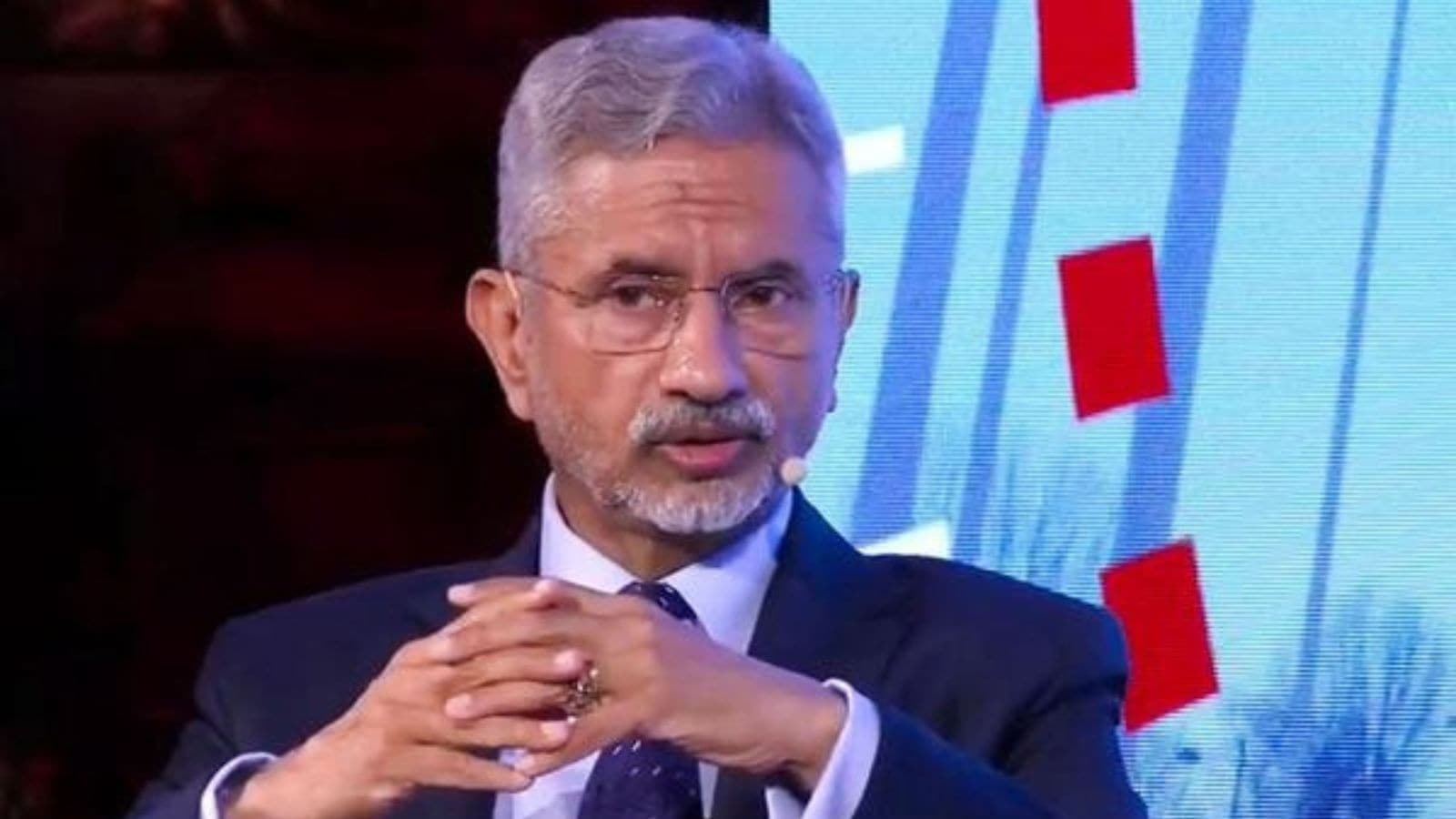 |
|
The article primarily revolves around External Affairs Minister S Jaishankar's insights into the ongoing trade negotiations between India and the United States, along with his clarification on the United States' involvement in brokering a ceasefire between India and Pakistan following Operation Sindoor. Jaishankar's comments, delivered during an interview in New York, offer a glimpse into the complexities of international diplomacy and the intricate dance between trade, security, and geopolitical strategy. The trade deal, a long-sought objective of both nations, appears to be inching closer to realization, although Jaishankar acknowledges the need for compromise and mutual understanding. He emphasizes that both India and the United States hold distinct perspectives and priorities, suggesting that finding common ground requires a delicate balancing act and a willingness to negotiate in good faith. The phrase “give and take” encapsulates the essence of the negotiations, highlighting the necessity for both sides to concede certain demands to achieve a mutually beneficial outcome. The negotiations are described as “intricate,” suggesting that the issues at stake are multi-faceted and require meticulous attention to detail. The implication is that numerous sectors and industries are implicated, and any agreement must account for the diverse interests of various stakeholders. The minister's cautious optimism suggests that significant progress has been made, but crucial details remain to be ironed out before a final agreement can be reached. The focus shifts to the alleged role of the United States in facilitating a ceasefire between India and Pakistan. Former US President Donald Trump had previously claimed that trade considerations played a role in halting the conflict, but Jaishankar firmly refuted this assertion. He maintains that the trade negotiators operated independently, focusing solely on trade-related matters without being influenced by the prevailing geopolitical tensions. This clarification is significant, as it seeks to dispel any notion that trade was used as a bargaining chip to achieve a ceasefire. According to Jaishankar, the US involvement in the ceasefire process stemmed from direct communication between US officials and Indian leaders. He recounts a specific instance when then-Vice President JD Vance contacted Prime Minister Narendra Modi, warning of an impending Pakistani assault. Jaishankar describes Modi's resolute response, indicating that India would retaliate if attacked. The subsequent intervention by Secretary of State Marco Rubio, informing Jaishankar that Pakistan was ready to engage in talks, suggests that the United States played a mediating role in de-escalating the situation. This narrative paints a picture of the US acting as a conduit for communication between the two nations, facilitating a dialogue that ultimately led to a ceasefire. However, Jaishankar carefully avoids making definitive claims about the extent of US influence, stating that he can only recount his personal experience of the events. He leaves it to the audience to interpret the significance of the US involvement, suggesting that there may be more to the story than he is willing to reveal. The interplay between the India-US trade deal and the US role in the India-Pakistan ceasefire highlights the complex web of international relations. While trade negotiations may proceed on a separate track, geopolitical considerations inevitably influence the overall dynamics between nations. The article suggests that the United States occupies a pivotal position, acting as both a trading partner and a potential mediator in regional conflicts. India, on the other hand, navigates these complex relationships with a focus on its national interests, seeking to forge mutually beneficial trade agreements while safeguarding its security and territorial integrity. The article implicitly acknowledges the historical context of the relationship between India, Pakistan, and the United States. The three nations have a long and complicated history, marked by periods of conflict, cooperation, and mutual suspicion. The US has played a varying role throughout this history, sometimes acting as an ally of Pakistan, sometimes as a partner of India, and sometimes as a mediator between the two. The article suggests that the current US administration is seeking to balance its relationships with both India and Pakistan, maintaining communication channels with both nations while pursuing its own strategic objectives. The implications of the India-US trade deal extend beyond mere economic considerations. A successful agreement could strengthen the strategic partnership between the two nations, deepening their cooperation on a range of issues, including defense, security, and counterterrorism. It could also send a signal to the world that India and the United States are committed to a rules-based international order and are willing to work together to address global challenges. Conversely, a failure to reach an agreement could strain relations between the two nations, potentially undermining their cooperation on other fronts. The outcome of the negotiations, therefore, has significant implications for the future of India-US relations. Overall, the article offers a nuanced account of the ongoing India-US trade negotiations and the US role in the India-Pakistan ceasefire. It highlights the complexities of international diplomacy and the delicate balancing act required to navigate the competing interests of various nations. The article's analysis allows for deeper understanding of current affairs.
